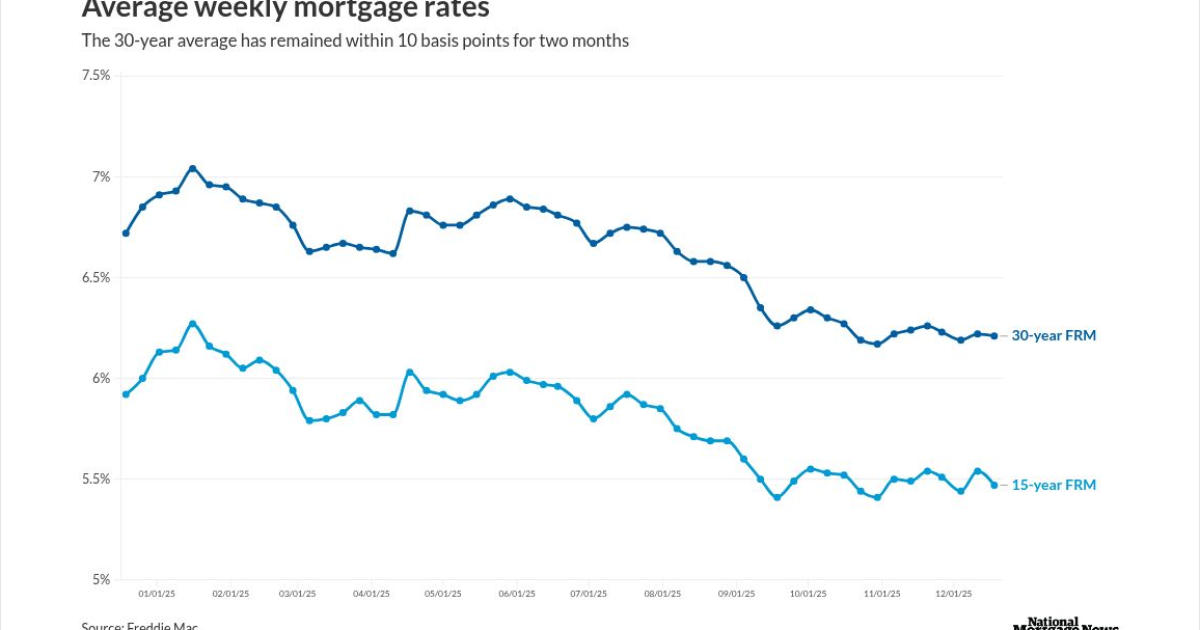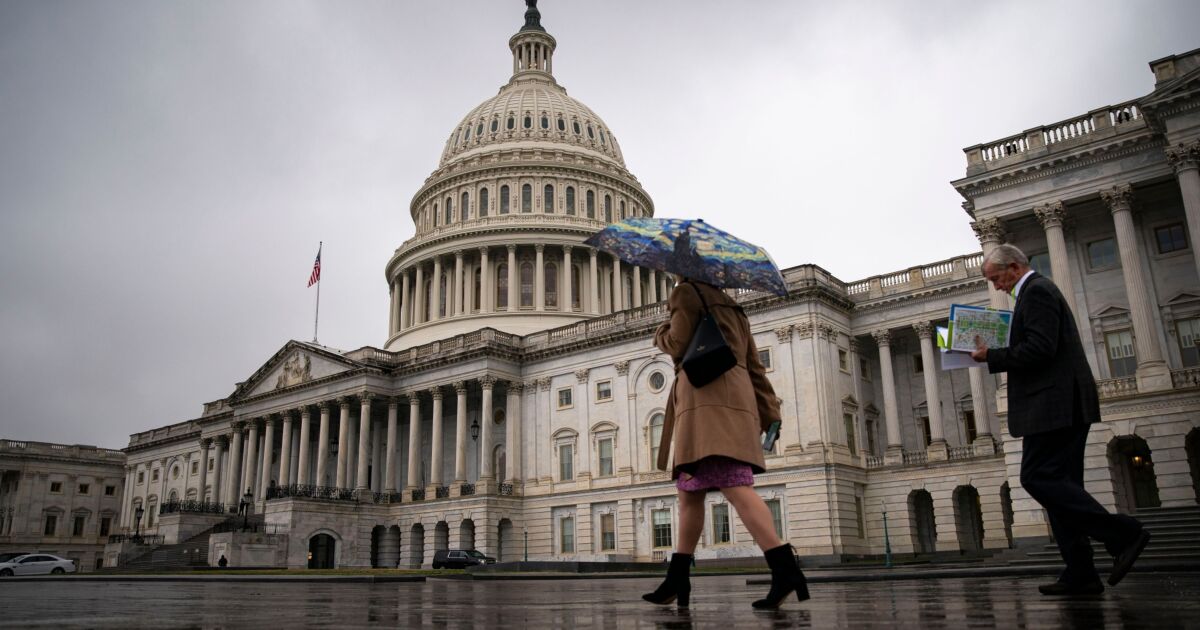
Mortgages entering coronavirus-related forbearance continued their consistent decline as the rate dropped 6 basis points between Sept. 21 and 27, according to the Mortgage Bankers Association.
Mortgages in forbearance plans represent 6.81% — about 3.4 million — of all outstanding loans compared to 6.87% the week earlier.The share of forborne loans at independent mortgage bank servicers fell to 7.19% from 7.23%, while depositories decreased even more, going to 7.03% from 7.11% over that period."As of the end of September, there continues to be a slow and steady decrease in the share of loans in forbearance — driven by consistent declines in the GSE loan share — and apersistently high amount in the Ginnie Mae portfolio," Mike Fratantoni, the MBA's senior vice president and chief economist, said in a press release. "The significant churn in the labor marketnow, more than six months into the pandemic, is still causing financial distress for millions of homeowners. As a result, more than 70% of loans in forbearance are now in an extension."
The forbearance share of conforming mortgages — those purchased by Fannie Mae and Freddie Mac — dropped for the 17thconsecutive week, going to 4.39% from 4.46%. Ginnie Mae loans — Federal Housing Administration, Department of Veterans Affairs and U.S. Department of Agriculture Rural Housing Service products — actually rose 1 basis point to 9.16%.
Private-label securities and portfolio loans in forbearance — products not addressed by the coronavirus relief act — shot up, rising to 10.39% from 10.52%.
A 70.07% share of all forborne mortgages sit in extended plans, with 28.5% in the initial forbearance stage, and the remaining 1.43% re-entering forbearance after a previous exit.
Forbearance requests as a percentage of servicing portfolio volume decreased to 0.08% from 0.11%, while call center volume as a percentage of portfolio volume went to 6.8% from 8.3%.
The MBA's sample for this week's survey includes a total of 50 servicers with 26 independent mortgage bankers and 22 depositories. The sample also included two subservicers. By unit count, the respondents represented about 74%, or 37.1 million, of outstanding first-lien mortgages.



